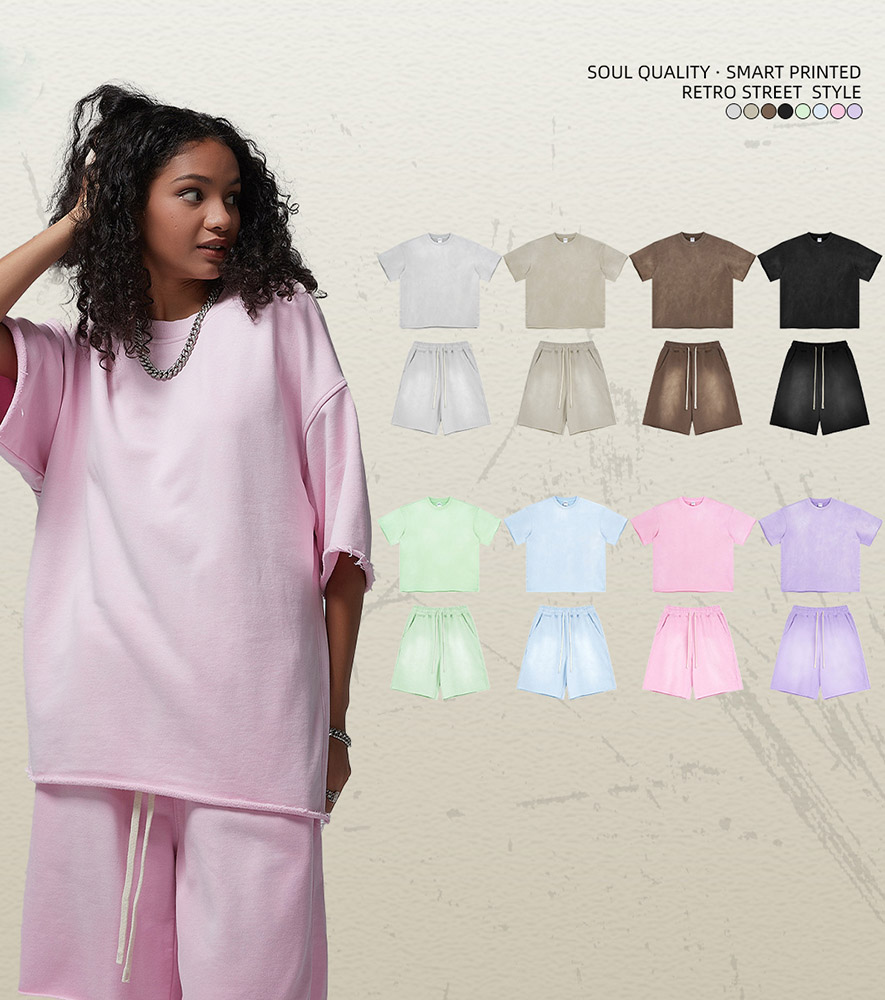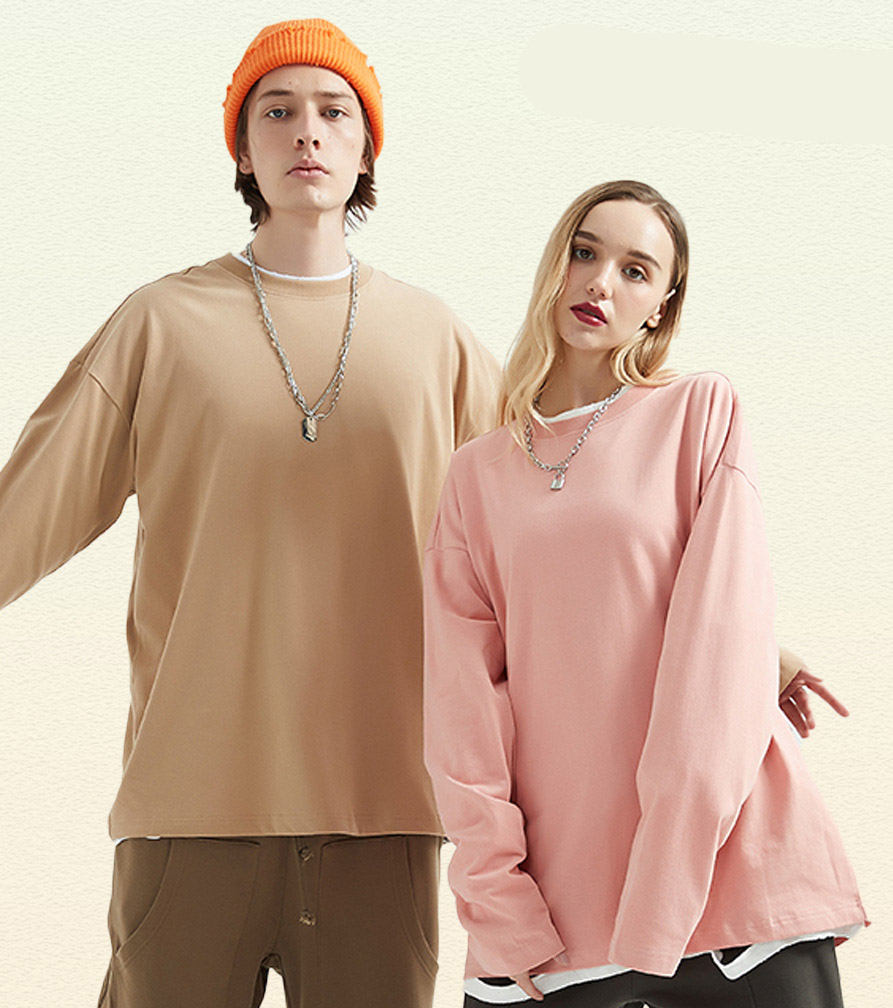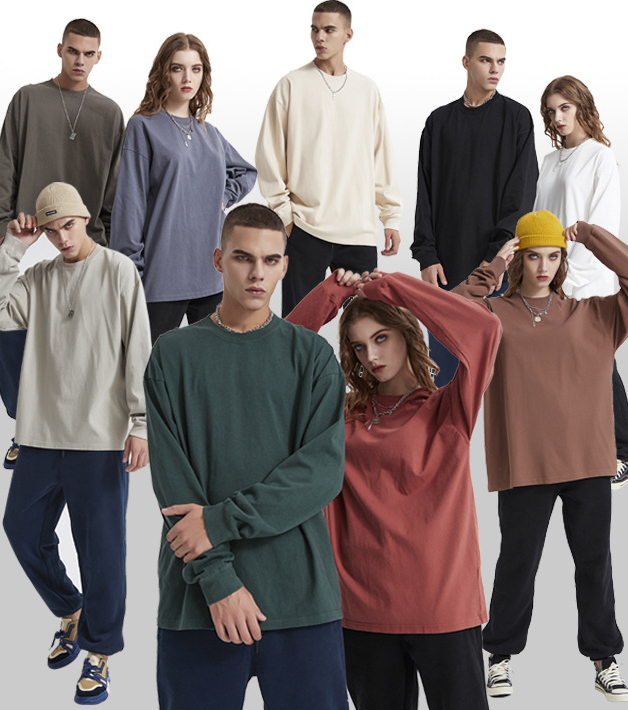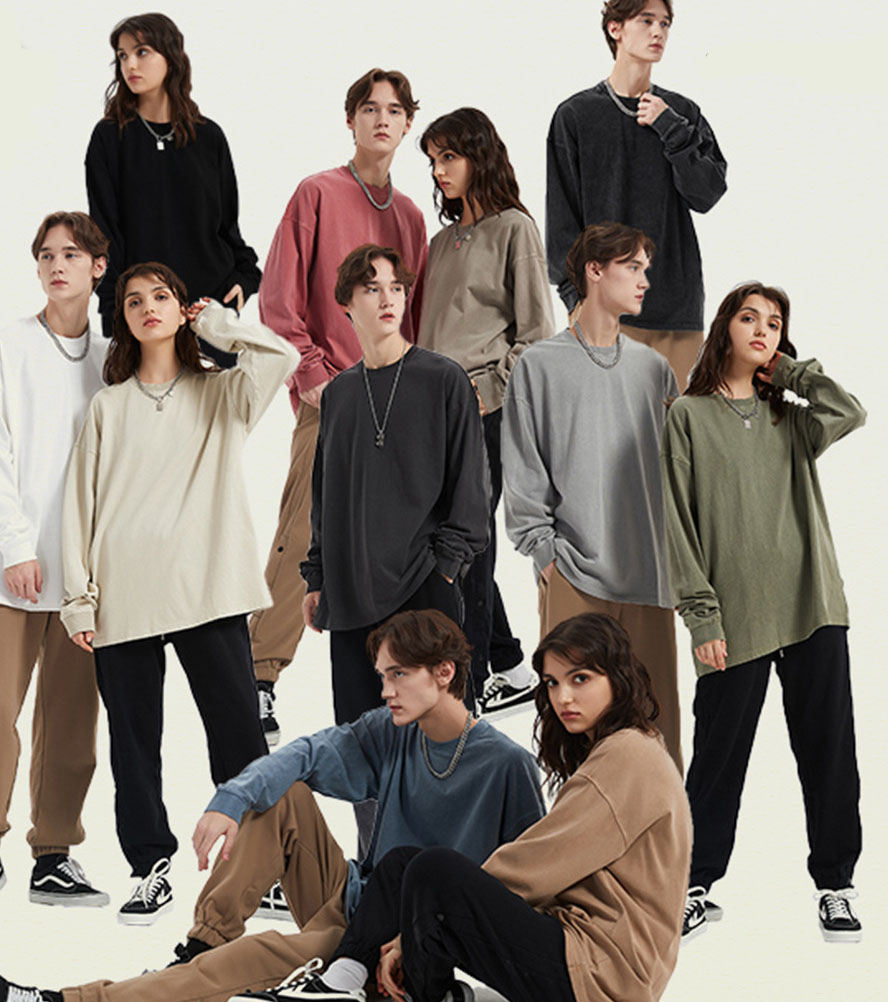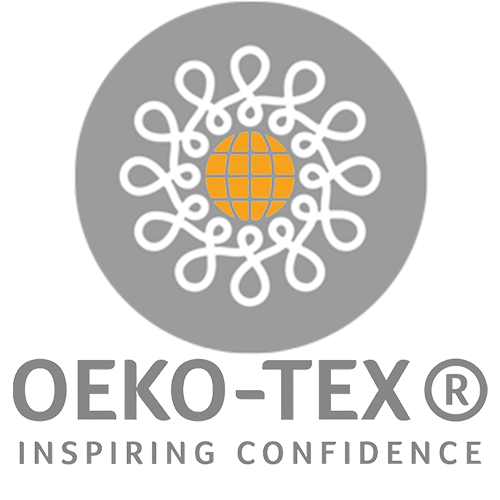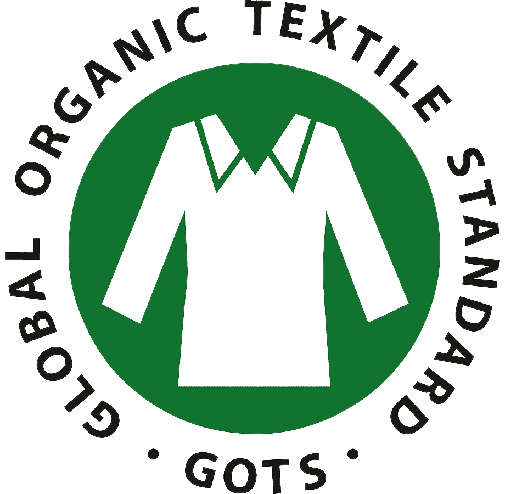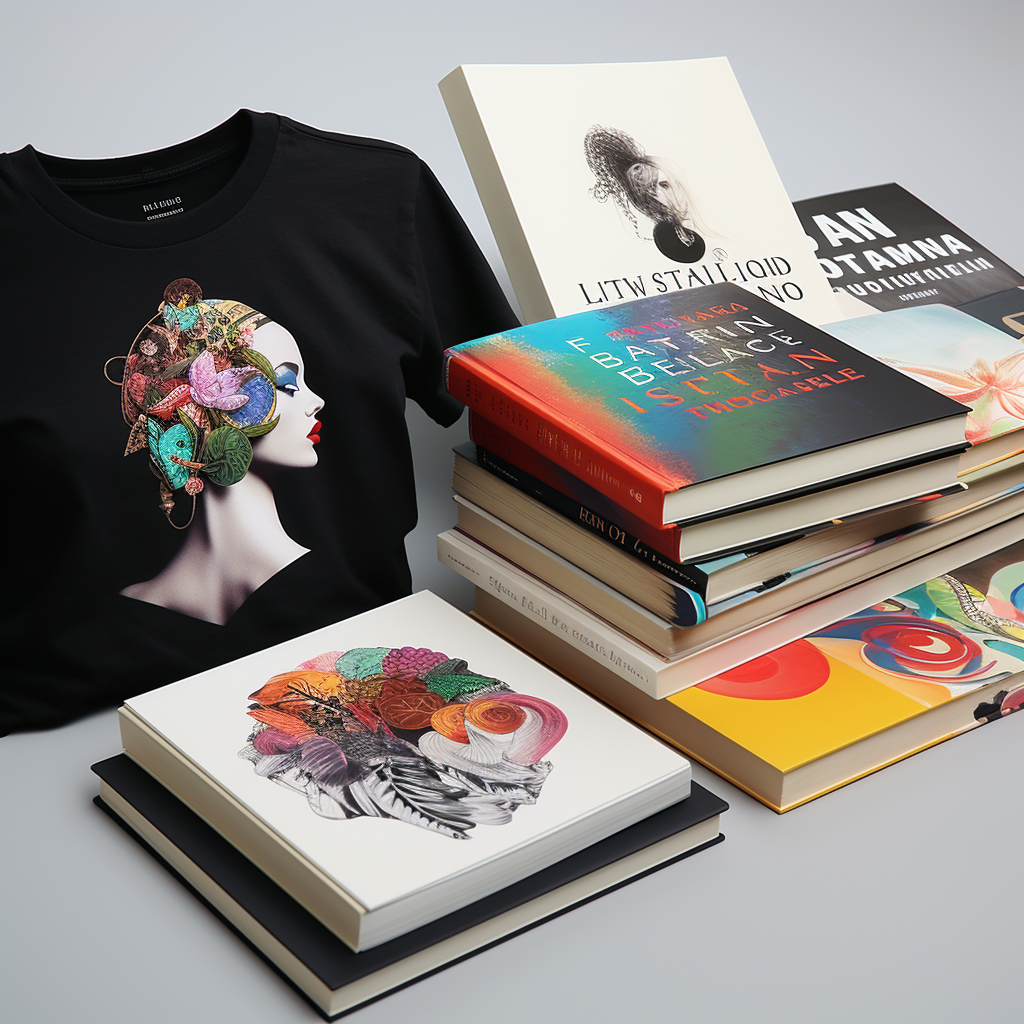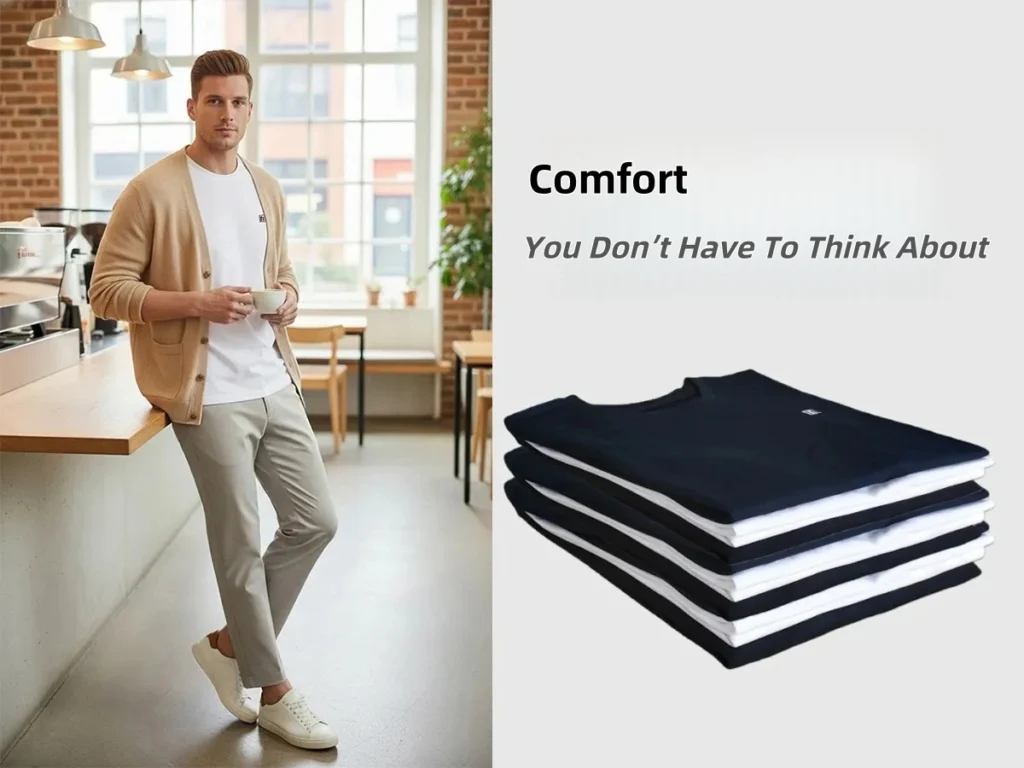In a world where activewear is everywhere, yoga leggings1 have quietly become the hero product for both fitness lovers and fashion-forward consumers. They’re not just trendy—they’re functional, inclusive, and brandable.
Yoga leggings combine comfort, support, and performance-enhancing design, making them an essential for activewear brands targeting fitness, wellness, and lifestyle markets.
I still remember when we launched our first yoga leggings line. The feedback was instant. Customers praised the comfort and fit, but what stood out was how often they said: “I wear these every day—not just for workouts.”
What Are Yoga Leggings and How Do They Differ from Regular Leggings?
At first glance, they look the same. But yoga leggings are a different beast—engineered with movement, breathability, and support in mind.
Yoga leggings are designed specifically for physical activity, with features like compression2, breathability, and four-way stretch—unlike regular leggings made primarily for fashion or casual wear.
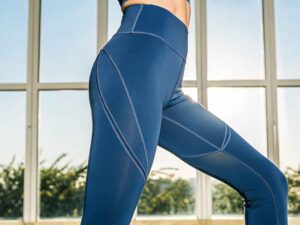 Contoured blue leggings
Contoured blue leggings
🔍 Functional Differences
| Feature | Yoga Leggings | Regular Leggings |
|---|---|---|
| Fabric | Stretchy, moisture-wicking | Basic cotton or polyester |
| Waistband | High-rise, reinforced | Varies, often decorative |
| Fit | Compressive, body-sculpting | Loose or fashion-oriented |
| Purpose | Active movement and workouts | Casual wear or layering |
🧘 Use Cases
- Yoga & Pilates: Full range of motion, seamless movement
- Fitness Training: Compression helps with muscle recovery
- Everyday Comfort: Athleisure looks that transition from gym to brunch
🎨 Design Focus
Yoga leggings are built for stretch, designed to breathe, and offer just the right amount of support. They move with the body—not against it.
Which Fabric Materials Are Best for Manufacturing High-Quality Yoga Leggings?
Material is the foundation. A good pair of leggings starts with a blend that can stretch, recover, and perform.
The best yoga leggings use blends of spandex, nylon, or polyester for stretch, moisture control, and durability—with sustainable options growing in popularity.
🧵 Fabric Comparison Table
| Fabric | Pros | Cons |
|---|---|---|
| Spandex | High elasticity, shape retention | Can feel tight when overused |
| Polyester | Durable, moisture-wicking | Not as soft as cotton |
| Nylon | Silky feel, lightweight, quick-dry | More expensive than poly |
| Cotton Blend | Breathable, soft | Less shape retention |
💧 Performance Technologies
- Four-Way Stretch: Moves in all directions without losing shape.
- Moisture-Wicking: Pulls sweat away for a dry, clean feel.
- Anti-Odor Coatings: Enhances hygiene, especially for intense sessions.

🌱 Eco-Friendly Options
- Recycled PET fabrics
- Bamboo fiber blends
- Organic cotton with elastane
More activewear brands now ask us for GRS-certified recycled polyester, and we’re happy to offer it.
How Do You Customize Yoga Leggings for Your Brand Identity?
Customization isn’t just about colors—it’s about creating a product that carries your brand values and aesthetics from top to bottom.
You can customize yoga leggings through print, fabric, waistband types, branding, and packaging—building a product that feels uniquely yours.
🧵 Custom Elements
| Element | Options |
|---|---|
| Sublimation, screen printing, tie-dye | |
| Waistbands | High-rise, crossover, double-lined |
| Pockets | Side, hidden, back waistband |
| Branding | Heat-transfer logos, embroidery, custom tags |
🎨 Branding in Detail
- Color Range: Trend-based palettes or timeless tones
- Size Inclusivity: XS–3XL and beyond
- Packaging: Custom polybags, biodegradable wraps, hang tags
We often advise clients to align the aesthetic choices (like stitching and waistband style) with their target demographic to maximize appeal.
Are Yoga Leggings Suitable for All Body Types?
Absolutely. One of their biggest strengths is adaptability. With inclusive sizing3 and thoughtful construction, yoga leggings now work for nearly everyone.
Modern yoga leggings are available in a wide size range (including plus sizes), with cuts tailored to different body shapes and lifestyle needs.
📏 Inclusive Sizing Breakdown
| Size Range | Available Options |
|---|---|
| Standard | XS–XL |
| Inclusive | XXS–3XL+ |
| Custom | Tailored grading |
🧍 Tailoring Fit
- Hourglass: High-waist and compressive fabric
- Athletic: Contour shading and sculpting seams
- Petite/Tall: Adjusted inseam lengths and waistband height
🧠 Market Feedback
Surveys and reviews show that consumers favor brands that embrace body diversity. Brands that go beyond “S–L” see higher repeat purchases and loyalty growth.

What Design Features Should You Include in Functional Yoga Leggings?
It’s all in the details. Great yoga leggings blend aesthetic with practical utility. The goal is to look good—and move even better.
Essential features include high waistbands, secure pockets, breathable mesh, and seamless construction for chafe-free wear.
🛠️ Key Features Table
| Feature | Benefit |
|---|---|
| High Waistband | Core support, stay-in-place fit |
| Mesh Panels | Ventilation and style |
| Phone Pockets | Hands-free movement |
| Contour Shading | Visual shaping |
| Seamless Tech | Comfort and durability |
| Compression Zones | Muscle support and reduced fatigue |
These aren’t just “nice to have” anymore—they’re expected by today’s consumers.
How Much Does It Cost to Produce Custom Yoga Leggings?
Cost depends on materials, labor, customization level, and shipping. MOQ and design complexity can shift pricing up or down.
Producing custom yoga leggings can range from $6–$15 per piece depending on fabric, branding, and order volume—with MOQs starting as low as 100 pcs.
💰 Cost Breakdown
| Component | Cost Range (USD) |
|---|---|
| Fabric & Trims | $2–$5 |
| Labor | $1.5–$3.5 |
| Printing/Branding | $0.5–$2 |
| Packaging | $0.3–$1 |
| Freight & Duties | Varies by region |
🚀 Startup Friendly?
Yes. At Modaknits, we help emerging brands launch with low MOQ and fast sample dev—often under 7 days.
Is Now the Right Time to Launch a Yoga Leggings Line?
Without a doubt. The wellness boom, work-from-home habits, and influencer-driven style trends have created unprecedented demand.
2024–2025 is seeing continued growth in activewear, with B2B buyers actively sourcing yoga leggings for both performance and lifestyle markets.
📊 Market Trends
- 42% of athleisure sales are leggings-based
- Growth in home fitness, studio workouts, and hybrid fashion
- Rising demand for eco-conscious collections
🤝 B2B Opportunities
We’re seeing more buyers from fitness studios, subscription box brands, and influencer labels requesting yoga legging production in bulk.
Conclusion
Yoga leggings are more than a fashion item—they’re a tool for movement, self-expression, and brand storytelling. If you’re looking to tap into a growing, loyal, and trend-savvy market, now’s the time to launch your line.
-
Explore the advantages of yoga leggings in activewear, including comfort, support, and performance features that appeal to consumers. ↩
-
Learn how compression technology improves performance and recovery in yoga leggings, making them a must-have for fitness enthusiasts. ↩
-
Discover the significance of inclusive sizing in yoga leggings and how it caters to diverse body types, enhancing brand loyalty. ↩




